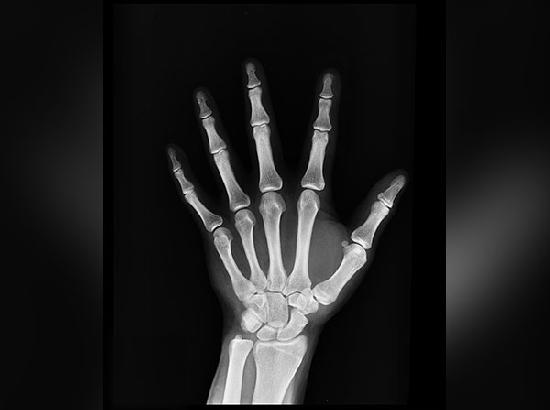Massachusetts March 13 (Punjab Khabarnama): A recent research titled “Meta-analysis of previous falls and subsequent fracture risk in cohort studies” discovered a correlation between self-reported falls and increased fracture risk. , also found a slightly higher risk of fracture in men than women.Published in Osteoporosis International, this international meta-analysis of data collected from 46 prospective cohorts comprising more than 900,000 individuals also recommended that previous falls be a factor that should be assessed by fracture risk assessment tools such as FRAX (Fracture Risk Assessment). The patients’ history used should be included. ) tool to calculate the probability that a person will have a fracture in the next decade.FRAX is the most commonly used assessment to predict fracture risk.Douglas P. Keel, M.D. said, “FRAX was developed using longitudinal data from studies around the world. “Although previous falls have long been recognized as an important risk factor for fractures, until now, they have not been included in the FRAX algorithm.”MPH, director of the Musculoskeletal Research Center and senior scientist at the Hinda and Arthur Marcus Institute for Aging Research at Hebrew SeniorLife, a nonprofit, Harvard Medical School-affiliated institute.In this newly updated FRAX dataset, previous falls were included as a risk factor and were found to increase the risk of fracture. These findings underline that falls are a significant contributor to fractures in both men and women,But interestingly it is slightly higher in men.Increased fracture risk: Individuals with a history of falling within the past year were found to have a significantly higher risk of any clinical fracture, osteoporotic fracture, major osteoporotic fracture, and hip fracture.One or more previous falls were significantly associated with an increased risk of death in women and men.Gender disparities: The association between previous falls and fracture risk varied by gender, with men demonstrating higher predictive values than women.Independent risk factors: The increased fracture risk associated with a previous fall was largely independent of bone mineral density, emphasizing the standalone importance of falls as a risk factor.The risk of any clinical fracture, osteoporotic fracture, and hip fracture increased significantly from the previous fall last year, with risk increases of between 36 percent and 59 percent depending on fracture outcome and gender.These findings underscore the importance of incorporating previous falls into the FRAX algorithm,” said Dr. Keil.



